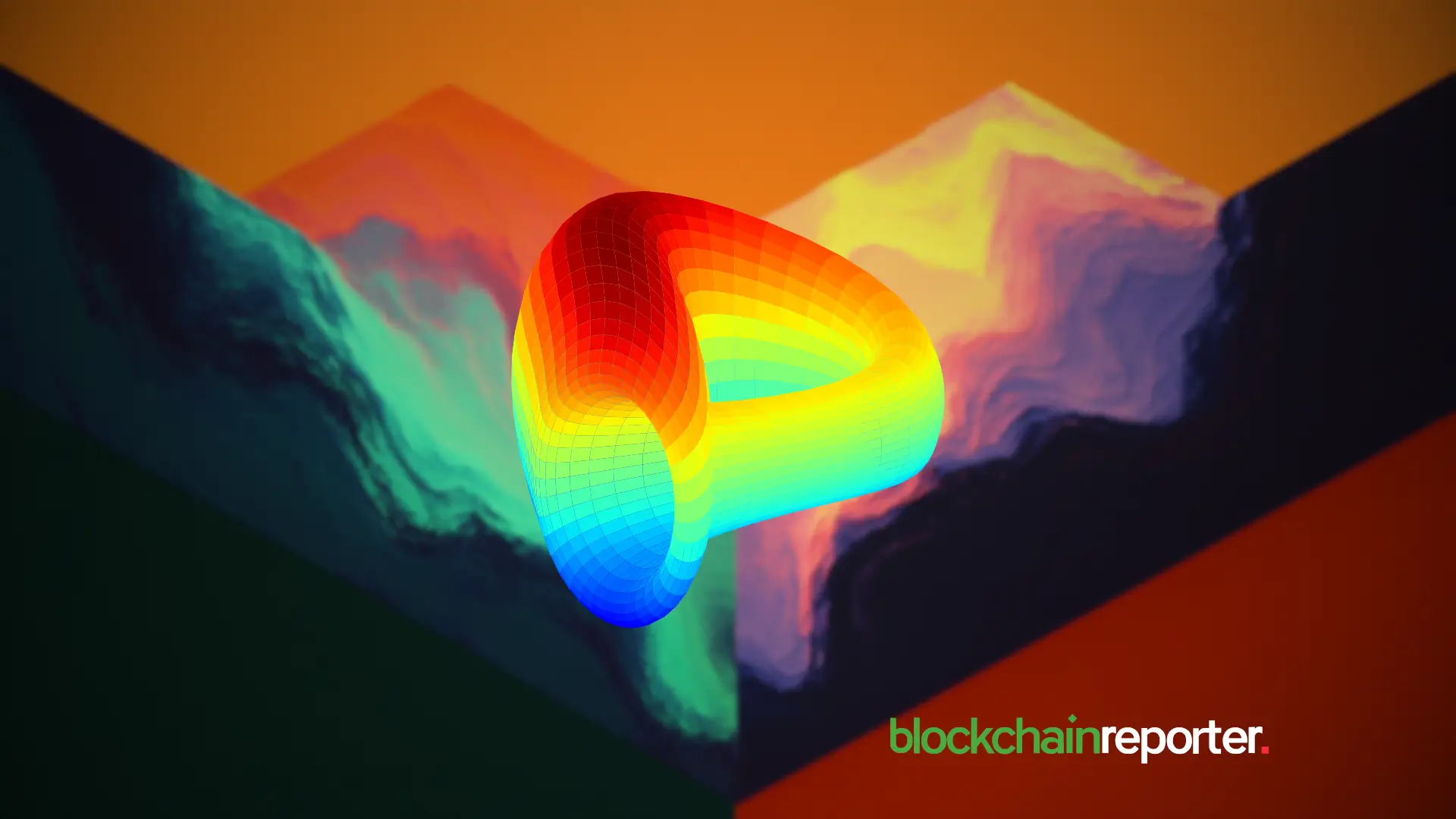Curve is a trading protocol based on the Automated Market Maker (AMM) model, mainly focusing on the trading of stablecoins, encapsulated assets (such as wbtc\renbtc), and pledged assets (stEth), but has recently begun to explore the trading of non-stable counter assets business. Compared with other trading protocols such as Uniswap and Sushiswap, Curve provides more concentrated trading pairs, and focuses on extremely low transaction slippage and handling fees, which can meet the huge amount of asset trading needs.
As a decentralized trading platform, the main difference between Curve and Uniswap and other comprehensive spot trading platforms lies in the types of transactions. Currently, Curve’s trading types are mainly concentrated in stablecoins (USD assets) and other BTC and ETH with a target price of 1:1 on derivative assets. In addition, after the launch of the Curve V2 version, Curve also launched the Tricrypto pool, opening up the exchange of USDT, WBTC and ETH and other non-stable value assets. It should be noted that, unlike mainstream AMM spot trading platforms such as Uniswap, whose main service targets are market makers and traders, Curve actually has three main service targets. The first two categories are market makers and traders. The third category of service objects is ignored by most people. They are the issuers and operators of derivative assets of stablecoins, BTC and ETH, and the issuers of bills. For Curve, the magnitude of the third category of groups determines its stablecoins And the ceiling of stable consideration asset business.
For stablecoin issuers, the first priority is to ensure that the price of the stablecoin does not break the anchor, and that it has an excellent low-slippage exchange depth at the anchor price point. To ensure these two points, the stablecoin can The major premise for subsequent scenarios and user expansion is also the starting point for users' confidence in the stablecoin.
However, these two points are not so easy to achieve, especially the "low slippage under huge transactions".
Curve is currently the best solution to solve the two pain points of stablecoin issuers, so most stablecoin issuers will choose to establish a stablecoin exchange pool on Curve, and provide token subsidies in the early stage to encourage market making Providers provide liquidity.
Familiar stablecoins such as the US dollar stablecoin UST operated by Terra, GUSD issued by Gemini, PAX and other well-known stablecoins have all established stablecoin liquidity pools on Curve.
In addition, the emerging money market protocol Liquity’s over-collateralized LUSD, the algorithmic stable currency FRAX, etc. have also established excellent depth on Curve, and the excellent exchange depth is an important source of confidence for users to accept a stable currency .








